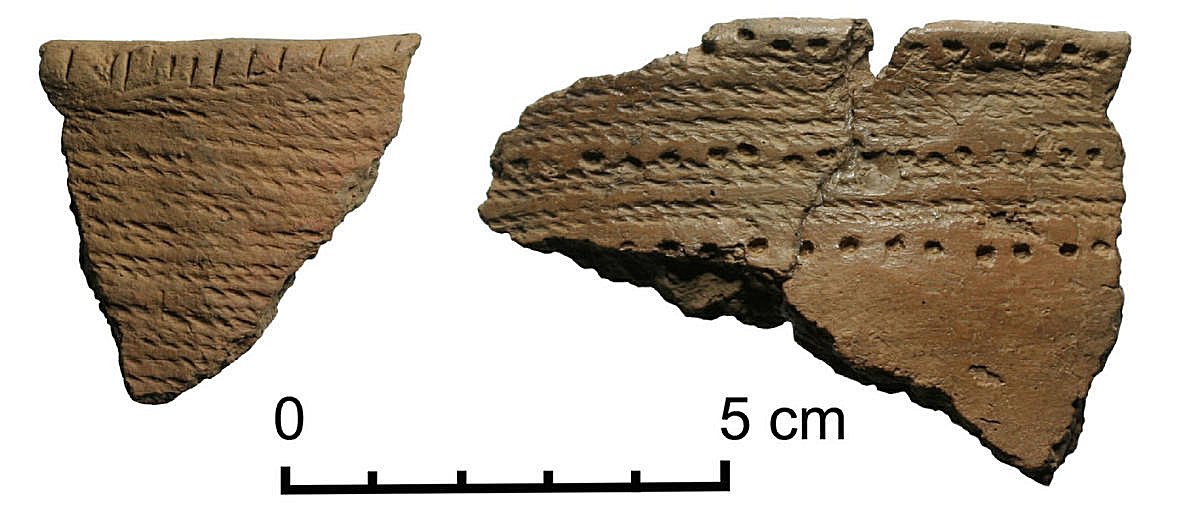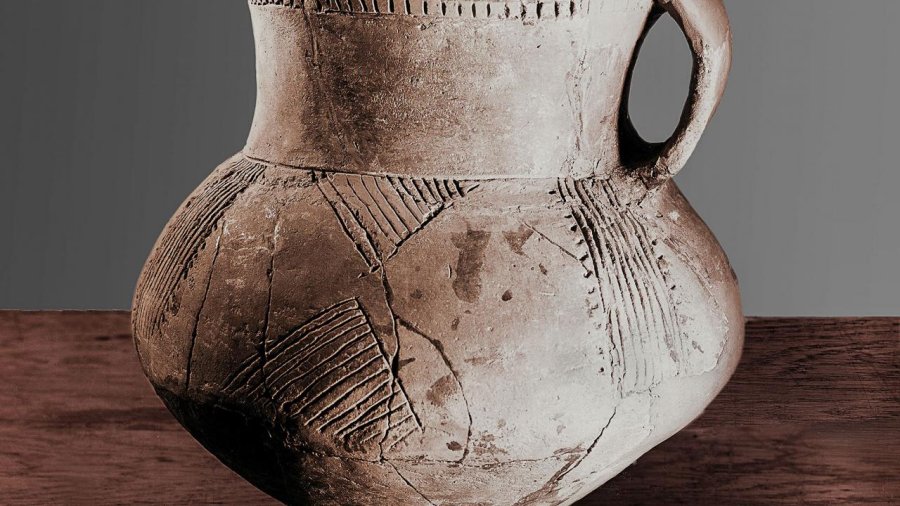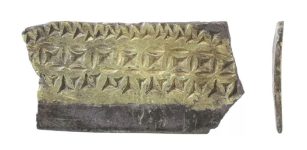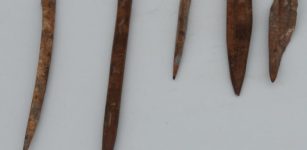Corded Ware Culture: Skillful Female Artisans Produced Extremely Innovative Pottery 5,000 Years Ago
AncientPages.com - For the first time, the origin and trajectories of clay pottery created by Corded Ware culture dated c. 2900 BC - 2350 BC have been established by researchers from the University of Helsinki’s archaeology laboratory.
During the Corded Ware Culture period, Finland, Estonia and Sweden received skillful female artisans, who had learned to create fashionable and innovative pottery in the eastern region of the Gulf of Finland. The Baltic Sea countries also had a close network for trade in pottery.

Neolithic Corded ware pottery recovered in Southern Finland.Image credit: Elisabeth Holmqvist-Sipilä
This fascinating ancient culture was spread over a vast area of Northern Europe, Central Europe and Eastern Europe.
The unknown very skilled artisans introduced a new kind of pottery, which was very different from earlier Stone Age pottery. It represented a new technology and style, and as a new innovation, used crushed ceramics - or broken pottery - mixed in with the clay.
Was it the fine pottery itself, or the artisans who made it, that moved around the Baltic Sea region during the Corded Ware Culture of late Neolithic period?
Are the archaeological artefacts found in Finland imported goods or were they made out of Finnish clay by artisans who had mastered the new technology?
Corded Ware burials show that females were more likely to receive pottery as burial gifts, and analyses from European cemeteries show that the women were more likely to relocate during their lifetime.
It is likely that the first Corded Ware Culture artisans arrived in Sweden particularly from Estonia and Finland. They had learned their craft at their place of birth and would have begun to use the clay available at their new home, but they mixed it with crushed pieces of pottery they had brought with them. Perhaps this was a way to preserve the older pottery which had been made in their previous homelands, thus maintaining a symbolic connection to their families and the members of their former communities in their everyday lives.
“International prehistoric phenomena may be apparent in everyday objects, such as dishware and the old pottery fragments crushed into the clay they were made with,” said Holmqvist-Sipilä, who examined clay pottery from 24 archaeological sites in Finland, Estonia and Sweden.
The goal was to determine the geochemical composition and geological origin of Corded Ware pottery, i.e., where the clay came from.
“Pottery was so important to its owner that it would be carried along on long journeys. Now, thousands of years later, when most things have turned into dust, it is these objects that tell the story of the routes taken by people and their belongings.”
AncientPages.com






















